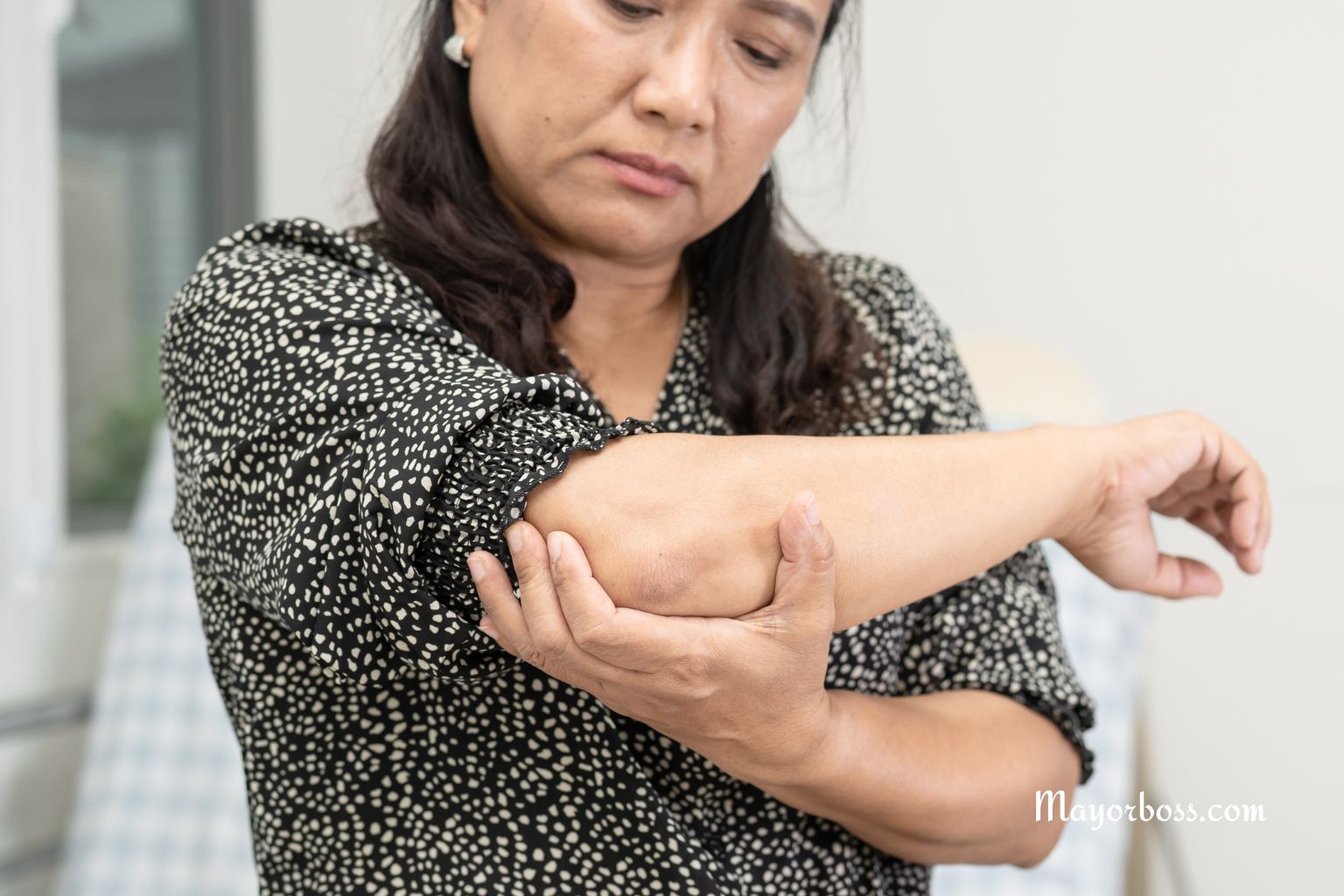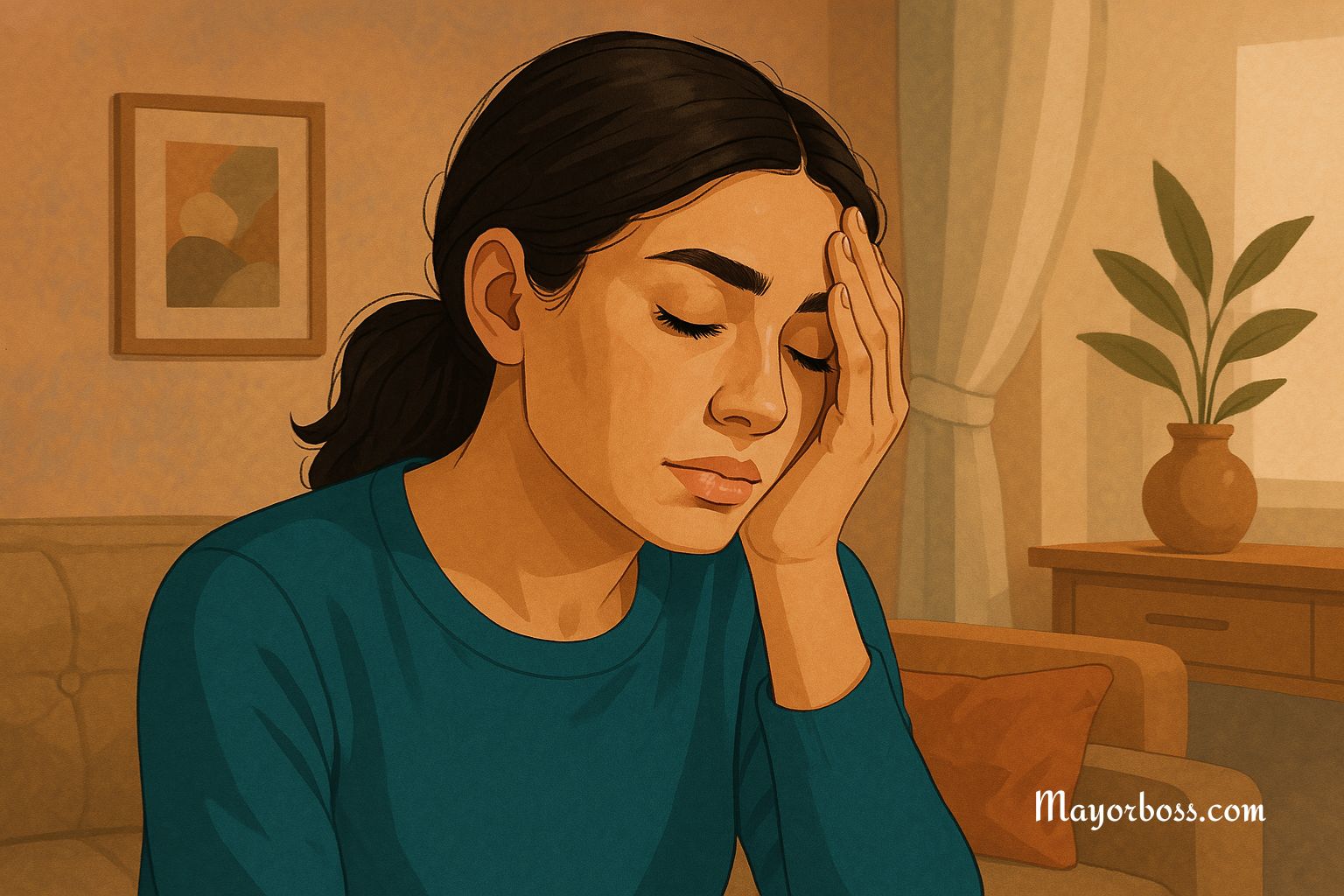Top Reasons Your Elbow Hurts—and How to Find Relief
Almost everyone experiences elbow pain at some point. Whether you play sports, work at a desk, or do a lot of lifting, your elbows take on more stress than you might realize. Pain in this joint can stop you from doing everyday activities, like lifting groceries or even typing.

But what really causes elbow pain?
The elbow is a hinge joint that connects your upper arm to your forearm. It lets you bend, straighten, and rotate your arm. Muscles, tendons, ligaments, and nerves all work together to keep it moving smoothly.
Because you use your arms so much, the elbow is vulnerable to injuries and wear and tear. When something goes wrong, you feel it quickly.
Most Common Causes of Elbow Pain
1. Overuse Injuries
Tennis Elbow (Lateral Epicondylitis)
Despite the name, you don’t have to play tennis to get this condition. Tennis elbow happens when you overuse the muscles and tendons on the outside of your elbow. Repeating the same motions, such as typing, painting, or lifting, can cause small tears in the tendon, leading to pain and weakness.1
Symptoms:
- Pain or burning on the outer part of your elbow
- Weak grip strength
- Pain is worse with repeated hand or wrist movement
Golfer’s Elbow (Medial Epicondylitis)
Golfer’s elbow affects the tendons on the inside of your elbow. It often develops from activities that require gripping, lifting, or twisting the wrist.2
Symptoms:
- Pain on the inner side of the elbow
- Stiffness
- Weakness in the hand or wrist
2. Bursitis
A small sac called the bursa cushions your elbow joint. When it gets irritated, it can swell and cause pain—a condition called bursitis. This can happen from leaning on your elbow for long periods or from a direct hit.3
Symptoms:
- Swelling at the tip of the elbow
- Pain or tenderness
- Warmth or redness (sometimes)
3. Elbow Sprain or Strain
A sudden twist, fall, or hit can stretch or tear the ligaments and muscles around the elbow. These injuries are common in sports or accidents.
Symptoms:
- Sudden pain
- Swelling
- Bruising
- Limited movement
4. Nerve Entrapment
Several nerves pass through the elbow. When one gets pinched or compressed, it can cause pain, tingling, or numbness.
Examples:
- Cubital tunnel syndrome: The ulnar nerve gets compressed at the inside of the elbow, causing numbness in the ring and little fingers.
- Radial tunnel syndrome: The radial nerve is affected, causing pain on the outer part of the elbow and forearm.
5. Arthritis
Arthritis in the elbow is less common than in other joints, but it does happen, especially in people with rheumatoid arthritis or those with a history of injury.
Symptoms:
- Aching pain
- Swelling
- Stiffness
- Trouble moving the joint
6. Fractures and Dislocations
A hard fall or blow can break (fracture) a bone or push the joint out of place (dislocation). These injuries cause immediate, severe pain and usually require emergency care.
Symptoms:
- Severe pain
- Obvious deformity
- Inability to move the elbow
- Swelling and bruising
When Should You Worry About Elbow Pain?
Mild elbow pain often gets better with rest and simple care at home. But sometimes, it signals a more serious problem.
See a doctor if you notice:
- Severe pain after a fall or injury
- Swelling that won’t go down
- Numbness or weakness in your hand or fingers
- Trouble moving your elbow
- Signs of infection (redness, warmth, fever)
Simple Tips to Relieve Elbow Pain
If your elbow pain is mild, you can often treat it at home:
- Rest: Stop activities that cause pain.
- Ice: Apply ice packs for 15-20 minutes at a time to reduce swelling.
- Compression: Use an elastic bandage or brace.
- Elevation: Keep your arm raised when possible.
- Gentle stretching: Once the pain improves, try gentle stretches to regain movement.
Avoid returning to activity too soon. If the pain returns, give your elbow more time to heal.
Preventing Elbow Injuries
Here are steps you can take to protect your elbows:
- Warm up before sports or exercise.
- Use proper technique when lifting or playing sports.
- Take regular breaks if you use your arms a lot.
- Strengthen the muscles in your arms and forearms.
- Don’t ignore early signs of pain—act early to avoid bigger problems.
When to See a Specialist
If home treatment doesn’t help or your pain keeps coming back, talk to your doctor. You may need physical therapy, medications, or other treatments. Sometimes, an X-ray or MRI can help find the exact problem.
Most people recover with simple care. Rarely is surgery needed for serious injuries or chronic conditions.
FAQs
1. What is the fastest way to relieve elbow pain?
Rest, ice, and over-the-counter pain medicine help most people recover quickly. If pain lasts more than a few days, see a doctor.
2. Can I still exercise with elbow pain?
Avoid exercises that cause pain. Low-impact activities, like walking, are usually safe. Return to full activity only when the pain is gone.
3. What are the warning signs that my elbow pain is serious?
Severe pain, swelling, numbness, weakness, or inability to move the elbow means you should see a doctor right away.
4. How do I prevent elbow injuries at work?
Take breaks, use ergonomic equipment, and keep good posture. Strengthen your arm muscles to add protection.
5. Is it normal for elbow pain to last for weeks?
Mild pain from overuse may last a few weeks. If it doesn’t improve or gets worse, a healthcare provider can check for more serious problems.






